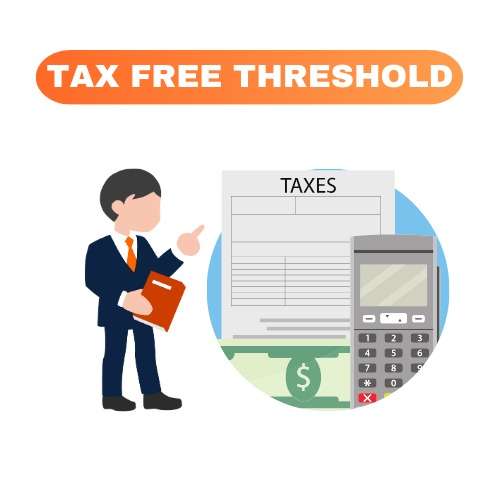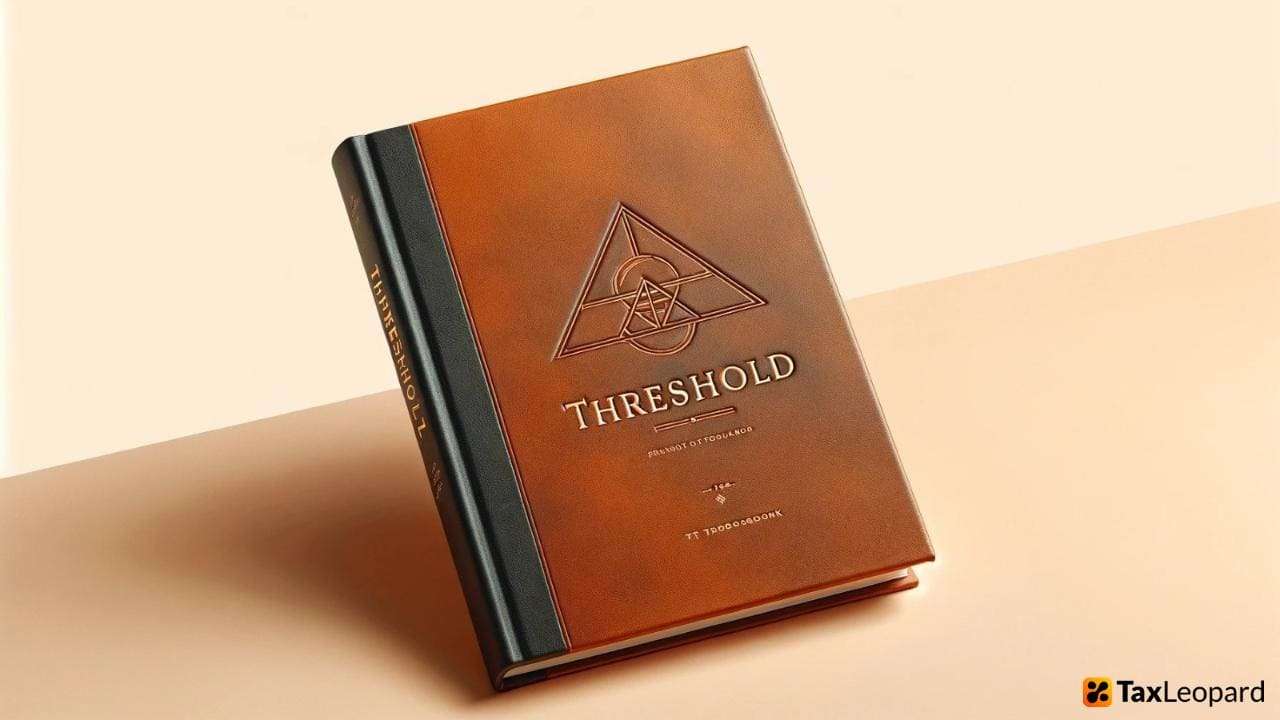Ever wondered why some Australians might not pay income tax even when they’re earning? Welcome to the concept of the tax-free threshold in Australia. This pivotal provision ensures that individuals earning below a specific amount in a financial year aren’t subjected to income tax. Not only does it offer relief to low-income earners, but it also plays a crucial role in promoting economic fairness. Delving deeper into this topic can provide insights into the workings of the Australian taxation system and its commitment to supporting its citizens.
Introduction to the Tax Free Threshold
Understanding the Tax-Free Threshold is crucial for Australian residents, as it directly impacts the amount of tax you pay. The tax free threshold is the income level below which you are not required to pay income tax. For the 2023-2024 financial year, knowing this threshold helps you determine if you need to lodge a tax return.
Importance for Australian Residents:
- It ensures that individuals with low income, possibly from just one job, may not have to pay income tax, increasing their take-home pay.
- Recognizing your tax bracket and the tax-free threshold can help you estimate your taxable income more accurately.
- Proper understanding aids in calculating tax withheld and whether enough tax has been withheld throughout the year to cover your tax bill.
- For those earning above the threshold, it’s a starting point to calculate potential tax deductions and the tax refund you might be eligible for.
- Being aware of the threshold is essential for planning; it informs you about the necessity to lodge your tax return and optimizes your financial decisions regarding taxable income for the year 2023 and looking into 2024.
Understanding Taxation in Australia
Australia’s taxation system is a well-structured mechanism designed to fund public expenditures and promote economic balance. The nation operates on a progressive tax scheme, ensuring that individuals contribute according to their earnings. This threshold plays a vital role in this structure, allowing low-income earners some respite from the tax net, boosting their economic capacity, and ensuring they aren’t overwhelmed by taxes.
Basics of the Australian Tax System
The Australian Taxation Office (ATO) oversees the country’s taxation policies and regulations. Central to the tax system is the principle that the more one earns, the higher the percentage they pay in taxes. Yet, taxes don’t apply to every dollar from the beginning. This threshold ensures that incomes below a certain level remain untaxed, benefiting a significant portion of the population, including part-time workers, students, and those in early career stages.
Personal Income Tax Rates
In Australia, personal income tax rates are tiered, meaning they’re set at different percentages depending on your income bracket. Starting at a 0% rate because of this threshold, it can climb up to a 45% rate for the highest earners. This threshold, set at $18,200 as of the last update, ensures that incomes up to this amount aren’t taxed, allowing individuals to retain more of their initial earnings, promoting spending, and stimulating economic growth.
Current Tax-Free Threshold Amount

In Australia, this threshold is currently set at $18,200. This means that any income earned up to this amount during a financial year is not subject to income tax. For example, if Jane earns $16,000 in a year, she won’t have to pay any income tax. However, if she earns $20,000, she’ll only need to pay tax on $1,800 (the amount exceeding the tax-free threshold). This threshold is a relief for many, especially those with lower incomes, as it reduces their overall tax liability.
How to Claim The Tax Free Threshold?
To claim the tax free threshold in Australia, you must indicate this choice on your tax file number declaration form. This threshold allows you to not pay tax on your income up to a certain limit, making it highly beneficial for newcomers and residents alike. By claiming this, you effectively reduce the amount of tax withheld from your payments throughout the financial year.
It’s a strategic move to manage your tax obligations, ensuring you’re not left with a hefty tax bill at the end. Remember, if your circumstances change, such as if you start a second job, you may need to stop claiming the tax-free threshold from the payer to avoid a tax debt at the end of the income year.
Benefits of the Tax Free Threshold
This threshold in Australia provides numerous advantages:
- Support for Low-Income Earners: Those who earn below the threshold can retain more of their money, which aids in daily expenses and necessities.
- Stimulates Economic Growth: With more disposable income, individuals are more likely to spend, injecting money into the economy.
- Encourages Work: For individuals hesitant about entering the workforce due to tax implications, this threshold provides an incentive.
- Simplifies Tax Filing: Many individuals earning below the threshold might not need to file a return, making tax season less daunting.
- Promotes Fairness: The progressive tax system ensures that higher earners contribute more, while those at the lower end have the tax-free threshold cushion.
Lodge a Tax Return
The Australian tax year runs from 1 July to 30 June, with tax returns due by October 31st. You can lodge your tax return online via the ATO’s myTax platform or seek a registered tax agent’s services. It’s crucial to gather all relevant income statements and financial documents before lodging to ensure accuracy.
Lodging a tax return is essential, especially if you’ve claimed the tax-free threshold. It reconciles the amount of tax withheld against your actual tax liability. If too much tax was withheld, you might receive a tax refund.
Conversely, if you didn’t withhold enough tax to cover your income, you might end up owing money. Lodging your tax return each year ensures you meet your tax obligations and can claim any entitlements.
Conclusion
The tax-free threshold in Australia is a progressive and compassionate facet of the nation’s tax system. Designed primarily to support low-income earners, it ensures that individuals can keep more of their hard-earned money up to a specified amount, currently at $18,200. This provision not only stimulates economic growth by encouraging spending but also underscores the country’s commitment to fair taxation.
As we reflect on the importance of such policies in shaping equitable societies, one must ponder: How do other nations’ tax relief measures compare to Australia’s tax-free threshold?
FAQs
1. Does the tax free threshold apply to non-residents?
No, non-residents of Australia for tax purposes do not benefit from it and are taxed from the first dollar earned.
2. What income counts towards the tax free threshold?
All income earned from employment, business, some government payments, and most other sources count towards the threshold.
3. How does the tax free threshold affect part-time and casual workers?
Part-time and casual workers are also eligible for the tax-free threshold. However, their total income from all sources must not exceed $18,200 to avoid income tax.
4. Can I change my claim on the tax free threshold during the year?
Yes, you can update your threshold claim by submitting a new tax file number declaration form to your employer.
5. What are the consequences of incorrectly claiming the tax free threshold?
If you incorrectly claim it, you may end up owing tax at the end of the financial year and possibly incur underpayment penalties.




